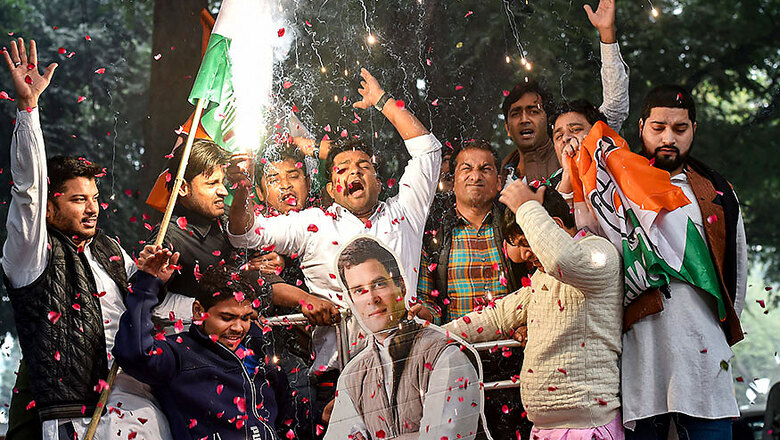
views
It cost the exchequer Rs 3,870 crore in 2014 just to conduct the magnanimous Lok Sabha elections compared to Rs 1,016 core in 2004.
But what about the individual parties? How much has the BJP or the Congress spent in the last three general elections?
A News18 analysis of eight political parties which won more than 10 seats in 2014 Lok Sabha polls, shows that money spent during elections by these parties saw a staggering jump of 385 percent from 2004 to 2014.
The parties — BJP, INC, AIADMK, AITC, BJD, Shiv Sena, TDP and TRS — had spent almost Rs 264 crore during the 2004 general elections. This figure breached the Rs 1,000-mark to settle at Rs 1,280 during polls for the 16th Lok Sabha in 2014.
These figures do not include the unaccounted flow of cash that goes around in the ‘world’s largest democratic exercise’, and represent the amount only as submitted by the parties themselves with the ECI.
The unofficial figures could be as high as Rs 27,000 for 2014 elections (all parties), according to Centre for Media Studies (CMS), a Delhi-based research organisation.
In the previous part of this series, News18.com had reported that the parallel poll economy and the estimated expenditure in elections is roughly the same as the 2014 budgetary allocation of the Union government on higher education and health and family welfare.
Jayaprakash Narayan of the Lok Jansatta Party estimated the total at around Rs one lakh crore for parties in all the elections including Lok Sabha, Assembly and local body polls over a cycle of five years.
“According to my estimates, Indian elections are the costliest elections in the entire world if you take into account the GDP, per capita cost, buying propensity and the total number of people it caters." Narayan added.
Another CMS study projected that the expenditure for the forthcoming Lok Sabha polls may go up to Rs 50,000 to 60,000 crore.
But let’s just stick to official numbers here.
Being national parties, the BJP and the Congress accounted for more than 90 percent of the money spent by the parties analysed. Furthermore, data show that out of these two parties, the one which was incumbent at the time of elections spent significantly less than the party looking to take over the throne.
So, while the BJP, which was in power during 2004 elections, spent Rs 102.65 crore, the Congress had splurged Rs 149.61 crore. Similarly, in 2009 and 2014, the incumbent Congress spent Rs 380.04 crore and Rs 486.21 crore. On the other hand, the BJP declared expenses worth Rs 448.81 crore and Rs 712.48 crore in search of power.
Interestingly, the BJP was the only party to oppose Election Commission’s proposal in August 2018 to put a limit on the money spent by political parties on their candidates in elections. It had then maintained that ‘since all political parties have to declare their expenditure in their income-tax filings, there should not be a cap on it’.
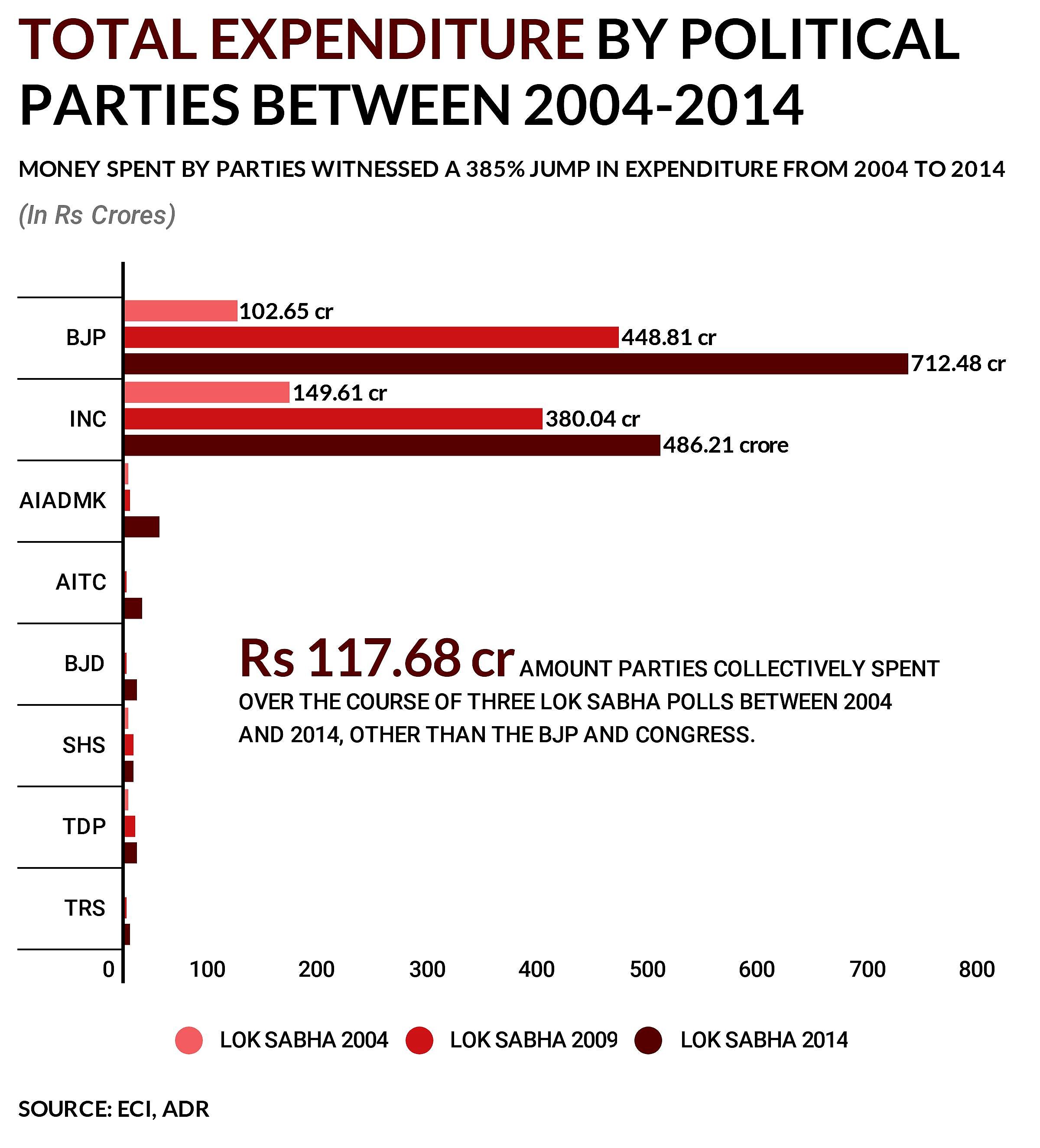
Where Did They Spend It?
A major chunk out of the total authorised expenses by the political parties was set aside for the purpose of publicity. This includes media advertisement (print and electronic, bulk SMS, cable, website, TV channel, etc.), expenditure on publicity materials (posters, banners, badges, stickers, arches, gates, cut-outs, hoardings, flags etc.) and expense on public meetings, processions and rallies.
During the 2014 Lok Sabha elections, the BJP spent nearly Rs 463 crore of the total funds of Rs 712.47 crore on publicity alone. 84 percent (Rs 389 crore) of this money was doled out by the BJP Central headquarters, while the state/district units accounted for the rest.
In Congress’ case, Rs 346.41 crore were spent on publicity which makes up for over 71 percent of the total expenditure of the party in 2014.

Narayan is of the opinion that publicity, although being an important aspect of campaigning, accounts for only one-tenth of the total expenditure.
“Branding for a candidate is a relatively new phenomenon because a lot of the sophisticated candidates have come but that will still be under 5-10 percent. The real cost is vote buying. Apart from that genuine campaigning also costs. You need to take care of party workers, need to feed them," Narayan said.
Expenditure on travel of campaigners (both star and non-star) held the second largest share of party expenses.
The BJP and the Congress spent Rs 159.15 crore and Rs 129.5 crore, respectively on helicopters and other vehicles used by party leaders in campaigning during the polls to the 16th Lok Sabha.
How the party relies on the image of a few faces and leaders is evident from the fact that out of the Rs 77.83 crore that the BJP spent on travel of all its start campaigners in 2014, more than Rs 24 crore were spent only Narendra Modi. In Congress, of the Rs 104 crore worth of travel expenses on star campaigners, the party spent nearly Rs 66 crore on Rahul Gandhi and Sonia Gandhi.
Where Did They Receive This Money from?
As it goes with the expenditure part, the money raised by the parties analysed during elections between 2004 and 2014 saw an increase of 328 percent. The eight parties had received (from all sources) Rs 242 crore in 2004 which rose to Rs 1,037 crore in 2014.
In 2014, which was the costliest election in India till date, the BJP collected Rs 588 crore from the announcement of the elections on March 3 to its completion on May 16. Of this, the party received Rs 227.32 crore in cash while Rs 360.81 crore came via cheques or demand drafts.
The Congress on the other side, collected Rs 109.07 crore in cash and Rs 241.05 crore through cheques/DD of its total raised funds of Rs 350 crore.
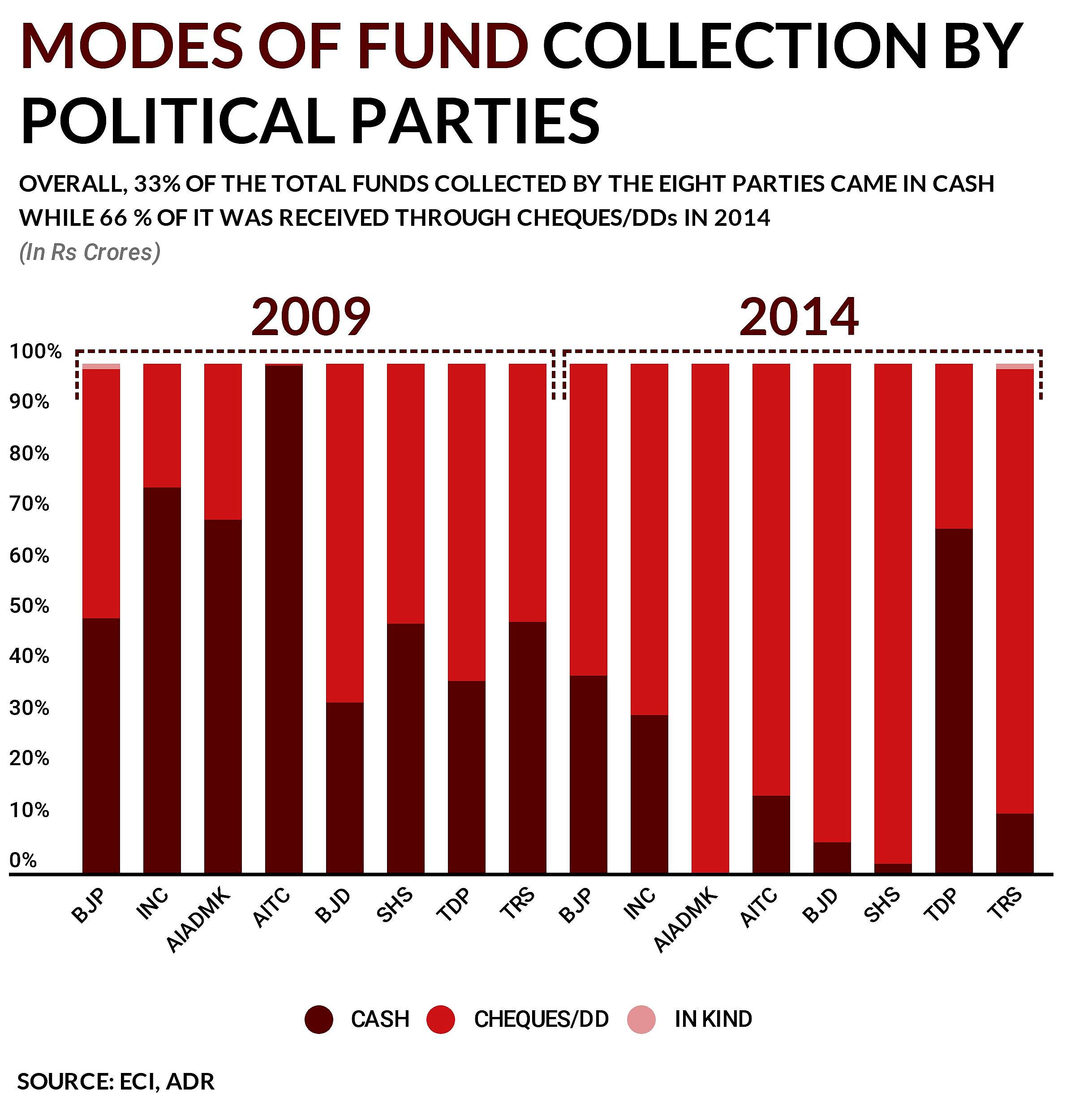
Money raised by the rest of the parties–AIADMK (Rs 14 crore), AITC (Rs 13 crore), BJD (Rs 27 crore), Shiv Sena (Rs 11 crore), TDP (Rs 12 crore) and TRS (Rs 19 crore)–was nowhere near the two national parties.
Overall, 33.81 percent of the total funds collected by the eight parties came in the form of cash while 66.12 percent of it was received through cheques and DDs.
The Most Generous States
For the two main national parties, there were some states which were more generous than others and contributed more to the party funds during the previous Lok Sabha elections.
Maharashtra was the top contributor for both the parties with hand-outs of over Rs 80 crore to the BJP and Rs 62.5 crore to the grand old party.
Significantly, nearly 15 percent (Rs 54.69 crore) of the donations received by the BJP from corporates, electoral trusts and business houses between 2012-13 and 2015-16 were collected from Maharashtra. For the Congress, the contribution of the state in corporate donations stands at 55 percent or Rs 87 crore.
Gujarat at Rs 64.1 crore and Madhya Pradesh at Rs 54.81 were the second and third-highest contributor to the BJP during the 2014 polls. After Maharashtra, Congress received the highest amount from Andhra Pradesh (Rs 42.23) and Telangana (Rs 24.4 crore).
States like Tripura, Assam, Manipur, Jharkhand and Jammu & Kashmir donated the least to these parties.
The Congress literally returned the favour with spending the highest in states from where it raised the most amount of money. In contrast, the BJP spent just Rs 7,58,626 in Uttar Pradesh which had contributed Rs 28.34 crore (fifth highest) to the party. The BJP diverted its money to Karnataka and Chhattisgarh, other than Madhya Pradesh, Maharashtra and Gujarat, where it spent the highest amount of funds.
Money Given to Candidates Directly
Apart from the funds set-aside for party propaganda, which collectively includes funds spent on publicity, travel and other expenses, parties also financed some of its candidates through direct transfers of money.
In direct proportion of its total expenditure of propaganda, BJP gave the highest Rs 159.81 crore to its candidates for campaigning purposes in 2014. The party had not allocated money for its candidates in the two elections prior to the 16th Lok Sabha.
It was followed by the Congress, which transferred Rs 96.7 crore to its candidates. In 2004 and 2009, it had given Rs 60.13 crore and 36.91 crore to contesting candidates, respectively.
The TRS and the AITC were at the third and the fourth spot with transfers of Rs 9.26 crore and Rs 8.25 crore worth of funds to fielded candidates.
While Shiv Sena shelled out the least amount of Rs 44 lakh in direct transfers, the TDP declared no such data in its affidavit filed with the EC.
So, as India prepares for another extravagant election season and with a more political ambitions at stake, let’s just wait and see how the grand event would unfold and how many previous records would be broken.
(With inputs from Rounak Kumar Gunjan)
(This is the final part of News18.com’s special series ‘Paisa, Polls and Politics’ on election financing in the world’s largest democracy.)
Read all the Latest News, Breaking News and Coronavirus News here










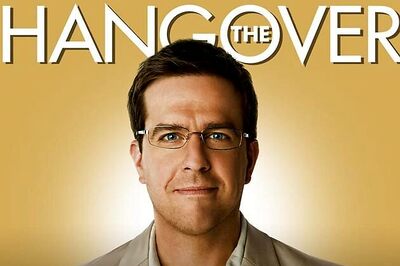
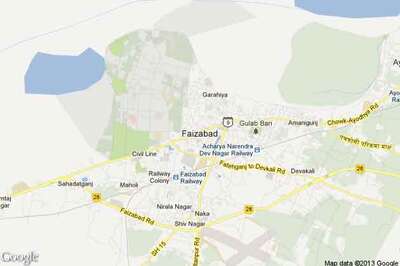
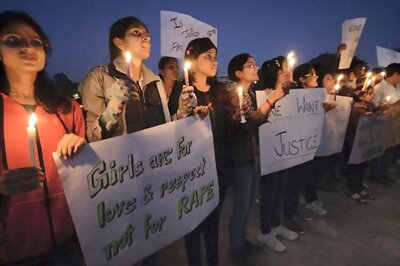
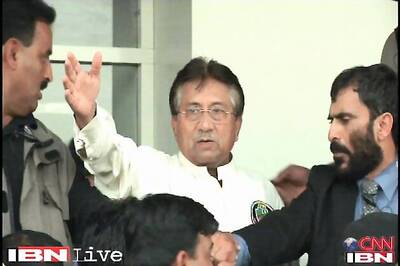

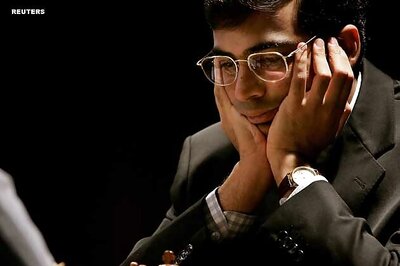
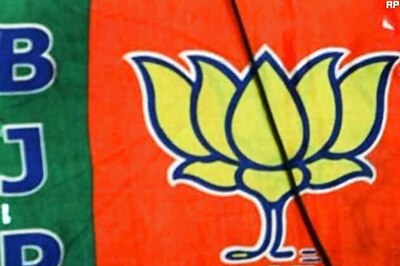


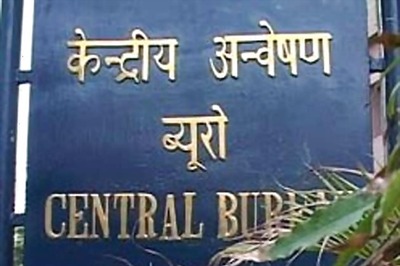
Comments
0 comment